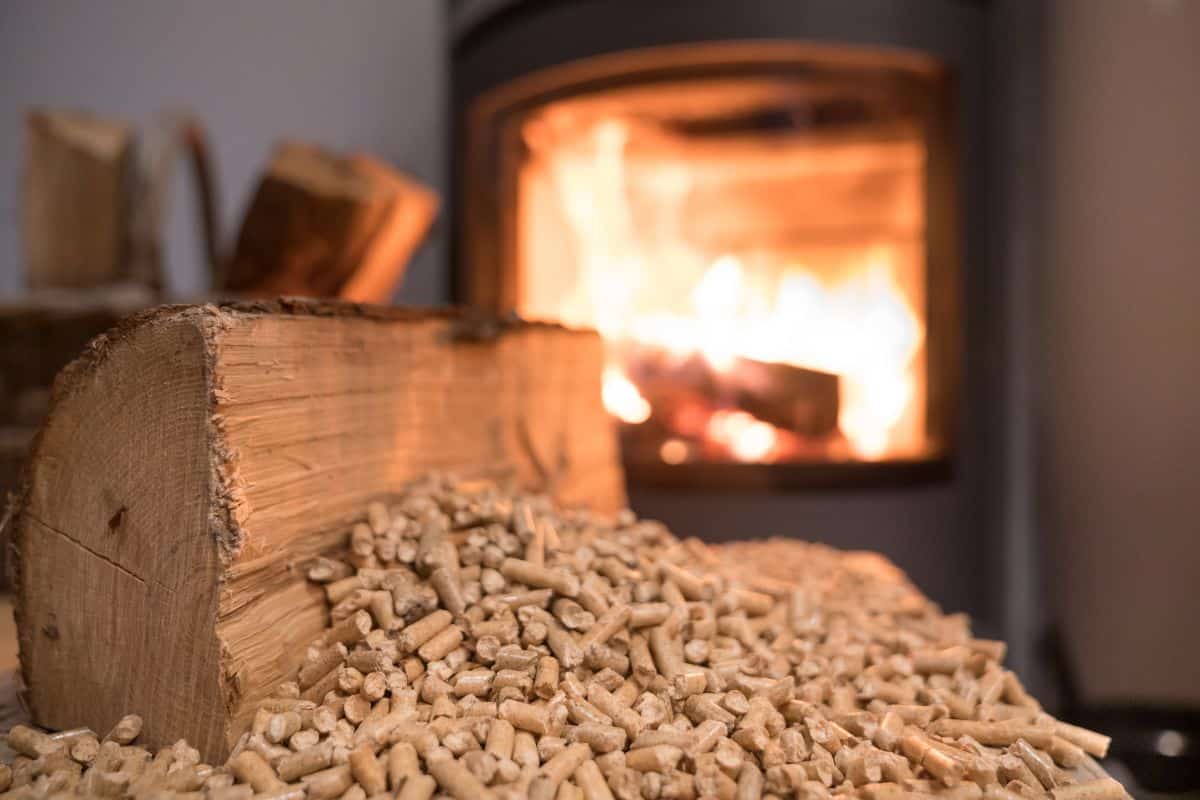Winter brings cozy moments, but it also presents a challenge: finding the perfect home temperature that keeps us healthy without breaking the bank. As energy costs rise, balancing comfort with efficiency becomes crucial. Let’s explore what experts recommend for maintaining optimal home temperatures during the cold season while conserving energy and protecting your well-being.
Balancing health and comfort with optimal home temperatures
The World Health Organization (WHO) has established clear guidelines regarding indoor temperatures that safeguard health. For most healthy adults, maintaining indoor temperatures between 65°F and 75°F (18°C-24°C) provides the ideal balance. When temperatures drop below 65°F, our respiratory and circulatory systems can suffer, potentially leading to increased risk of infections.
Different household members may require different temperature settings. For vulnerable groups such as elderly individuals, young children, and those with chronic health conditions, experts recommend slightly higher temperatures. Specifically, rooms occupied by infants or vulnerable people should be kept between 72°F and 75°F during daytime hours and between 65°F and 68°F at night.
Beyond comfort, maintaining proper temperatures protects your home’s structural integrity. Extreme cold can lead to issues like frozen pipes and moisture problems. While enjoying seasonal winter foods can help boost your immunity during colder months, proper heating remains essential for overall health.
Studies show that consistent exposure to temperatures below the recommended minimum can compromise immune function and exacerbate existing health conditions like arthritis. Additionally, cold air tends to be drier, which can irritate respiratory passages and increase susceptibility to colds and flu.
Energy-efficient temperature settings to reduce heating waste
Finding the sweet spot between comfort and energy conservation is key to managing winter heating costs. According to research from the Institute for Energy Savings and Diversification (IDAE), the ideal temperature range during winter days falls between 70°F and 74°F (21°C-23°C). During nighttime hours, when people are typically sleeping under blankets, temperatures can be reduced to 59°F-62°F (15°C-17°C) without sacrificing comfort.
It’s worth noting that exceeding these recommended temperatures doesn’t just lead to higher bills—it can actually create uncomfortable conditions due to overly dry air. For every degree above the optimal range, energy consumption increases by approximately 5-10%. This means even small adjustments can lead to significant savings over a winter season.
The relationship between temperature and humidity also plays an important role in perceived comfort. Winter homes typically benefit from humidity levels between 40-50%, which helps maintain comfort even at slightly lower temperatures. Consider these seasonal recommendations:
- Winter optimal temperature: 70°F-73°F with 40-50% humidity
- Summer optimal temperature: 73°F-77°F with 45-60% humidity
- Nighttime winter settings: 59°F-62°F for energy savings
- Vacant home minimum: 55°F to prevent pipe freezing
While preparing warming meals like congee can help you feel cozy, proper temperature management remains the foundation of winter comfort. Programmable thermostats offer an excellent solution, allowing automatic temperature adjustments based on your daily schedule.
Customizing temperatures throughout your home
Not every room in your house requires the same temperature. Tailoring warmth to each space based on its function and usage patterns can enhance both comfort and efficiency. Consider implementing these room-specific temperature recommendations:
- Living room: Maintain 70°F-72°F during active hours
- Bedroom: Set between 65°F-68°F for optimal sleep quality
- Kitchen: Keep around 65°F as cooking activities generate additional heat
- Bathroom: Use temporary heating solutions when needed
- Rarely used spaces: Maintain minimum 55°F to prevent damage
Ideally, install independent heating controls in different zones of your home. This approach allows you to heat only the spaces currently in use while maintaining minimum temperatures elsewhere. If working with a central thermostat, position it in a moderately used area that represents the average home temperature.
Winter root vegetables like turnips and sunchokes store well in cooler parts of your home (50°F-60°F), making pantries or basements ideal storage locations. This temperature range preserves these vegetables while requiring minimal energy expenditure.
Beyond the thermostat: maximizing winter warmth
While setting appropriate temperatures forms the foundation of winter comfort, several complementary strategies can enhance warmth without increasing energy consumption. Proper insulation stands as perhaps the most crucial factor in maintaining stable indoor temperatures and preventing heat loss.
Simple and cost-effective insulation improvements can make a substantial difference in both comfort and energy bills. Draft stoppers for doors and windows, weather stripping, and outlet insulators all help prevent heat from escaping. Additionally, consider these practical approaches to enhance warmth:
Maximize natural sunlight during daylight hours by opening curtains on south-facing windows. This free solar heat can significantly raise indoor temperatures. At night, close all window coverings to create an additional barrier against heat loss. Area rugs on cold floors provide insulation while making spaces feel warmer underfoot.
Ceiling fans set to run clockwise at low speed push warm air downward, improving circulation and comfort. Meanwhile, enjoying warming foods rich in nutrients like fresh beets supports your body’s natural temperature regulation abilities.
Intermittent heating practices—where temperatures fluctuate within the recommended range rather than remaining constant—can further reduce energy consumption. This approach mimics natural temperature variations while maintaining overall comfort and health.
By implementing these strategies and maintaining appropriate temperatures, you’ll create a home environment that supports health while minimizing unnecessary energy use throughout the winter months.









